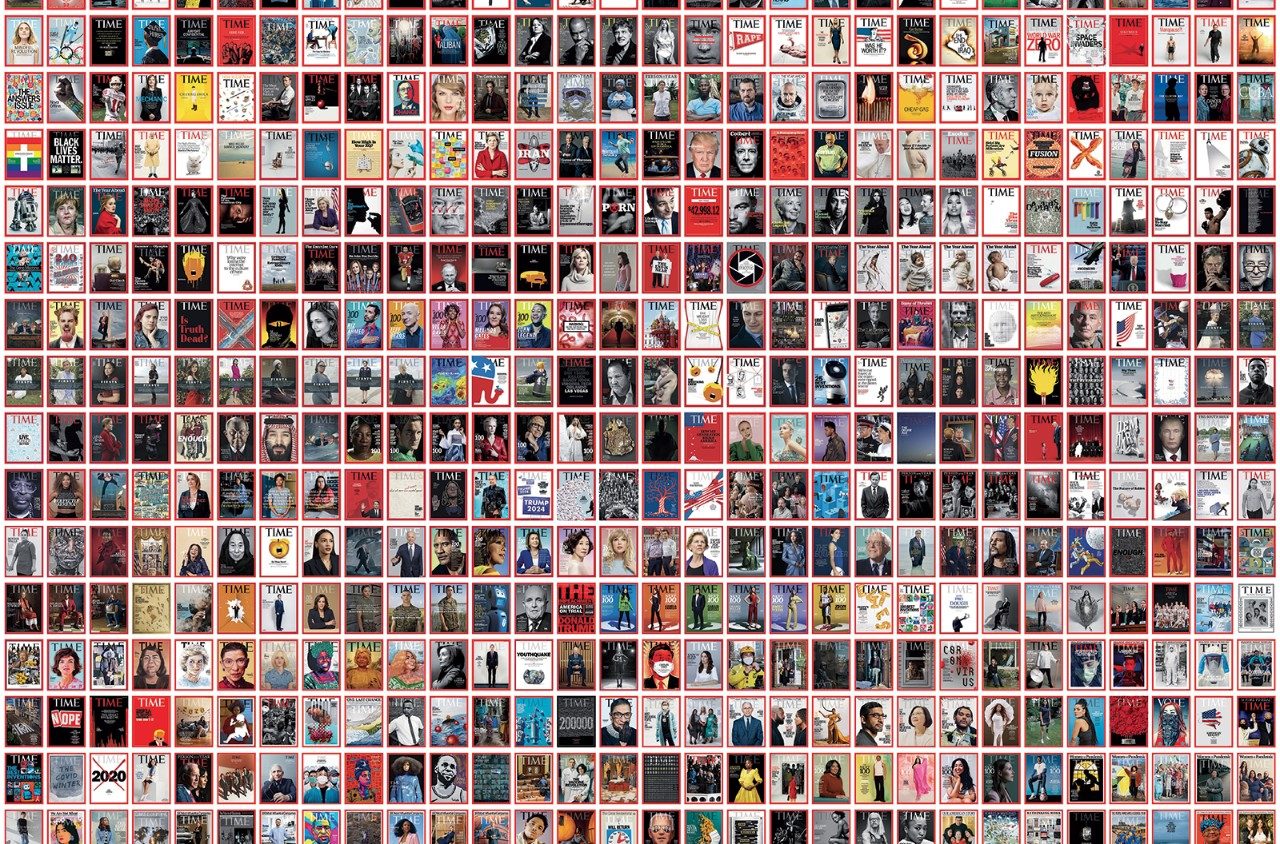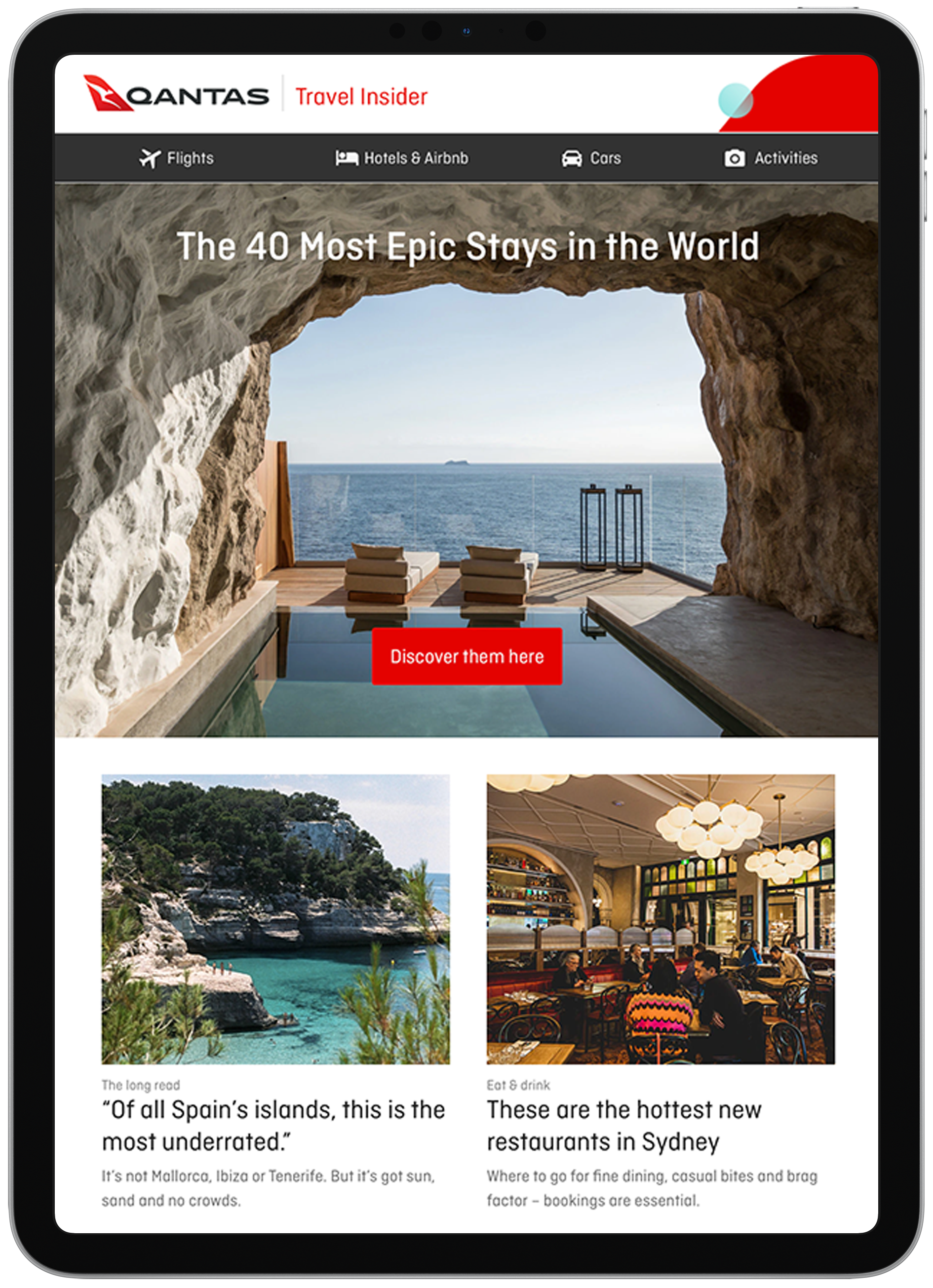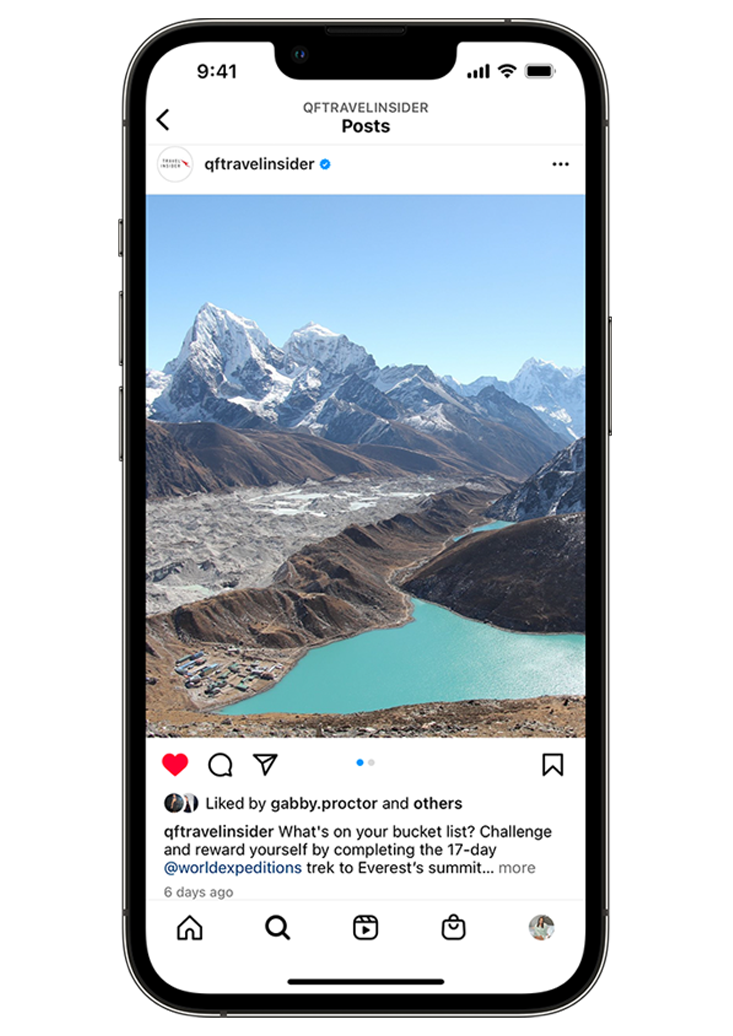D.W. Pine: What I Wish People Knew About Ideas

As creative director of TIME magazine, D.W. Pine has designed more than 1000 covers. Ahead of his keynote at Vivid Sydney, he shares what he knows about era-defining creativity.
The secret to distilling a complex issue into a clear and compelling message is visual simplicity. It’s estimated that the average person gets about 10,000 images thrown at them every day, mainly through advertising, social media, news and product design. Breaking through that clutter is the challenge. Especially since most of those images are carried around in your pocket and are gone in an instant. The key lies in creating something that not only grabs a viewer’s attention but also holds it. To do that, I’ve had to limit my options. In addition to working inside the red border [of TIME’s cover], I only use two fonts in one of three colours: black, white or red. I’ve gotten rid of all those decisions that I usually toil over as a designer, allowing me to focus more on what we’re trying to say.
Creative ideas typically don’t happen in a brainstorming session. Inspiration can strike at any time and anywhere, often when you’re not even thinking about it – walking down the street or taking a shower. Even persistent trial and error can breed good ideas. I’d say that my first idea generally turns out to be the best direction. But creativity can also take time. It’s crucial to trust the process and keep refining the idea. It’s also important to take breaks. I occasionally make time to leave the office and walk to Central Park [in New York City], even if I’m facing a stressful deadline. I have to trust the process, that ideas will come – and they always do.
It’s important to have the right temperament. I’m incredibly fortunate to work in an environment of highly skilled people who are very easygoing – that’s critical. It’s also important to set aside your own opinions and feelings about controversial subjects and focus on the journalistic mission we have. That’s a lot harder – we’re all coming with our own thought processes. A key component is to focus on how your biases filter in at times, particularly in today’s environment.
History can be a great differentiator for a brand. When you’ve been in the game for a while, people look to you and there’s a comfort in that. A couple of years ago we celebrated TIME’s 100th anniversary and it was wonderful to read the behind-the-scenes stories of past issues and covers. However, the pace at which the world now operates forces us to look straight ahead and reinvent. To that end, we occasionally look back but we’re constantly moving forward. We love our history but we need to create new history.
Trust is absolutely our number one. It’s a privilege that’s never taken lightly by anybody at TIME, whether designing a cover, photographing a subject or interviewing a world leader. Trust is the thing we think about all the time. It’s incredibly important to maintain it because it can go away quickly.



